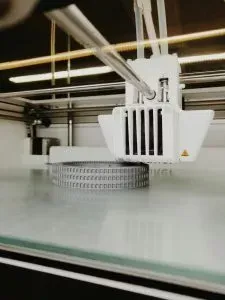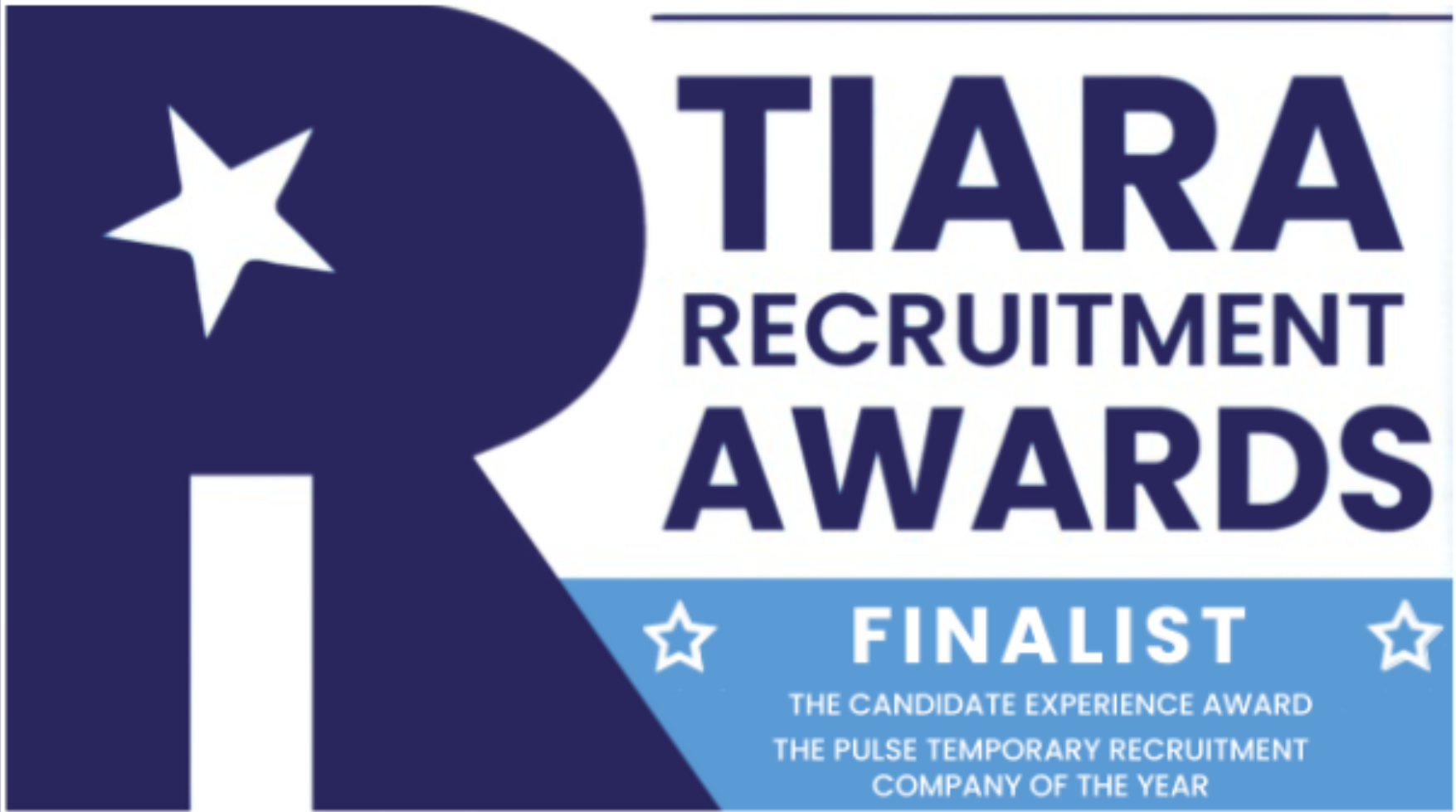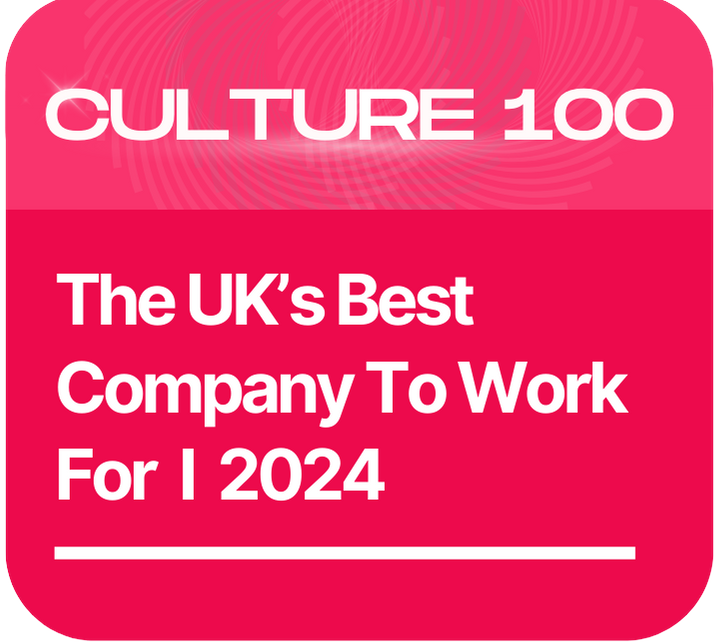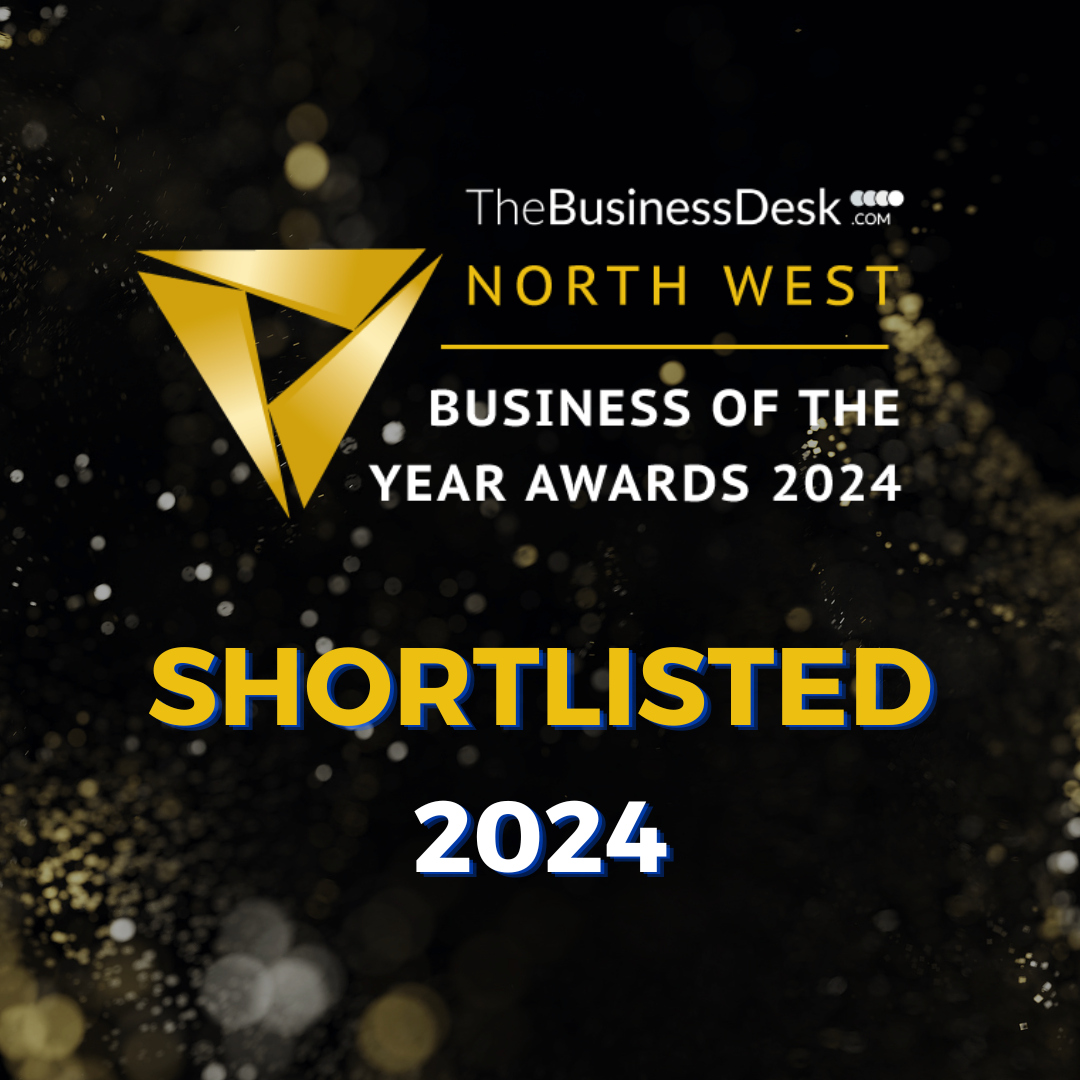3 Construction Industry Trends To Expect in 2024
The Construction Industry has seen huge changes over the last few years, but most notably, the last 12 months. As with most industries, the world of Construction has digitally shifted as it has onboarded new technologies, such as AI, Sensors, and Software, into its daily practices in order to keep up with industry demands and developments.
So, with the Construction Industry set to be worth a humungous $398 billion by the end of 2024, and grow even more substantially to $466 billion by 2029, let’s explore Construction trends that are forecasted to arise this year that may impact you in the sector.
Workforce Shortage
It’s become common knowledge that the Construction Industry is experiencing workforce shortages based on a mixture of high staff turnover and an aging workforce. This is most specifically apparent when recruiting roles such as Field Engineers, Project Managers, Safety and Quality Managers, and Architects, to name a few.
In fact, it’s estimated that by 2027, the sector will need an estimated 225,000 extra workers to meet the demands of the Construction Industry. So, the problem many are asking is where are they going to find this talent. And the even bigger question surrounding this is where are they going to find that many skilled workers.
As the issue lies not around the number of new job openings and applicants, but the skillset of those applying. Hiring Managers are facing issues surrounding sourcing talent with the right skills to meet evolving technical roles and experience in the industry. So with trained workers soon to age out, the urgency to secure skilled talent is great.
To overcome this, we’re witnessing construction companies heavily promote career paths in their field to younger generations – predominantly those still in college to entice individuals to consider the career path. Partnering this by working with specialist Construction Recruitment Agencies, just like ourselves at V7 Recruitment, businesses are cleverly planning to steady this concern in 2024.
Drones
Technology is undeniably changing the way the construction industry operates, with drones having a huge impact on daily processes.
No longer is it a challenge to inspect hard-to-get-to areas of a building – which not only took a long time to complete but also raised many safety concerns depending on the area of inspection. Drones are making it much easier to see damages and cracks in awkward high-up places.
Additionally, drones are supporting Technical Engineers and Architects in collating accurate sizings of buildings, measurements, and spacings at speed.
Although frequent drone usage is in its early stages of use in the construction industry, it is expected to rapidly grow, with research showing that drone site surveys could save businesses £50,000 per year!
What this means for industry workers isn’t a reduction in their workload or a rise of concerns over job security. Instead, it raises two areas to address:
- Hiring technically knowledgeable staff; both being able to operate a drone if necessary, but also deciphering the readings from the technology.
- Efficiency in project delivery, what it means for pipelines and the ability to complete more work in shorter timeframes… and to a higher standard with fewer errors!
3D Printing
From cost efficiency to flexibility and speed to safety, 3D Printing in construction is an innovation that could pay dividends with the proper training and experience.
The process of 3D printing in this sector involves mass delivery of building objects, such as constructing bricks, at speed and with reduced wastage. It minimises project timelines due to the rate of production, reduces labour costs and optimises material usage.
This technology is brand new to the construction industry, with the UK’s first on-site 3D concrete printers being used in only 2023. What that means for those working in the industry is a need to understand the technology and its capabilities as, it’s expected to reduce carbon footprint delivered from the industry and bring with it community benefits for the construction industry.
Some questions to consider:
- How confident are you at present in understanding these materials and their benefits?
- Do you have the technical understanding on 3D Printing to utilise it in your role in Construction?
- Do you employees who knowledgeable enough to use this in projects? If not, we can help you secure this talent.

Published on January 31, 2024
Written by
